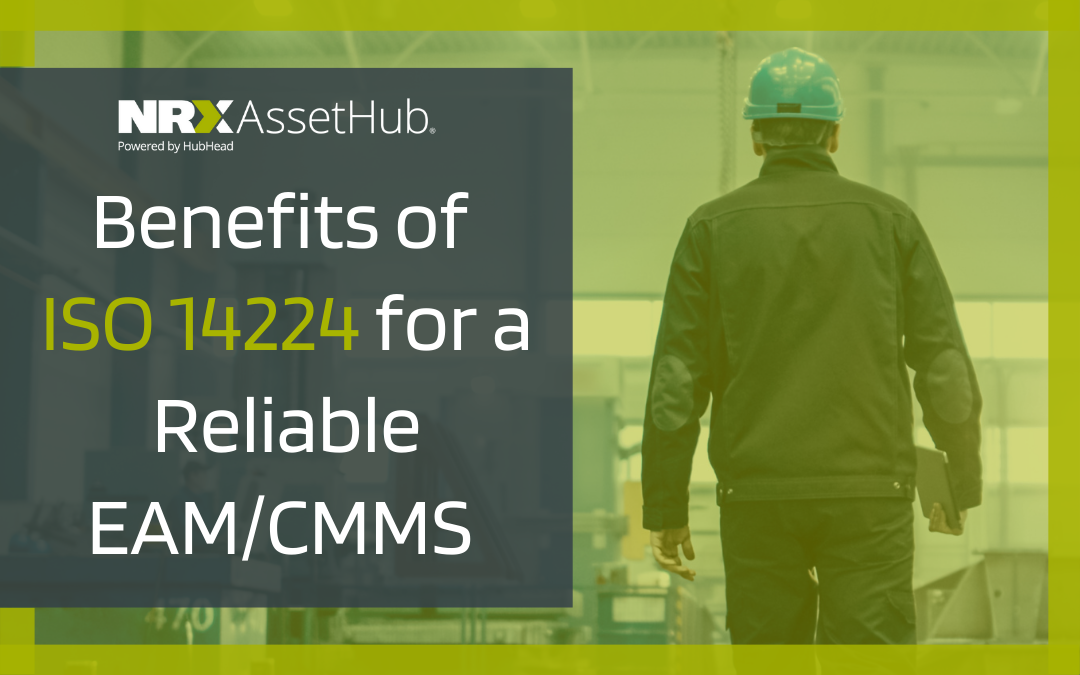EAM/CMMS data is key to a company’s ability to run efficient maintenance and reliability operations. However, it can be challenging if the information stored on this system is organized without a standard.
The international standard used in the petroleum, petrochemical, and natural gas industries (and most other process industries) is ISO 14224. There can be many benefits for your business with a correctly implemented standard, like ISO 14224, in an EAM/CMMS system. Here are just a few of them.

Improved Data Organization
With multiple business units, sites and employees that span the world, it becomes challenging to ensure that each uses the same standards. When it comes to data collection, consistency is key; consistent standards allow all players in your organization to have timely and accurate data at their fingertips for planning, reporting, and decision-making.
This industry is transitioning to reliability-centered maintenance (RCM) practices, which examine the ongoing improvement of maintenance with the use of failure analysis. As such, the ISO 14224 standard comes in handy as it includes failure classifications. For example, in the case of significant oil exploration companies, consistent data organization proved beneficial. For this reason, these companies had a better foundation for RCM initiatives.
Better Analysis of Data
The ISO standard assists in the analysis of data as it standardizes the calculation of KPIs such as Mean Time for Failure, Mean Time to Repair, Mean Time Between Failures, and more. Above all, KPIs are crucial in optimizing maintenance and operational efficiency and tracking its progression over time. For instance, the Mean Time to Repair, the calculated repair time for a particular type of equipment, can be used alongside the Mean Down Time to evaluate an equipment’s maintainability performance and productivity.
Better Organization of RAMS (Reliability, Availability, Maintainability, and Safety) Data
Countries have different, industry-specific regulations concerning safety, life cycle cost, optimization, and maintenance concerns for equipment. Although ISO 14224 may not cover all the maintenance requirements of a particular country, it does establish a foundation for RM data and procedures, which will eventually assist with fulfilling additional regulatory compliances.
Common Issues Companies Face with Standards
When it comes to standards, companies often need help with issues. Whether it be needing to implement standards, having incorrectly implemented standards, or inconsistent standards across different plants, it can be a troublesome issue to fix and a troublesome issue to find in the first place.
How HubHead Can Help You
Unsure of how well your EAM/CMMS standards compare to others in your industry? We can help you! HubHead’s benchmarking service evaluates your EAM/CMMS against industry best practices and provides actionable reports. Be sure to download our brochure or book a meeting; one of our consultants would be happy to help you!
How Does Your EAM/CMMS Usage Compare to Others in Your Industry?

Signs There are Gaps in Your EAM/CMMS System

Aligning your Asset Hierarchy with ISO 14224

Share this article

